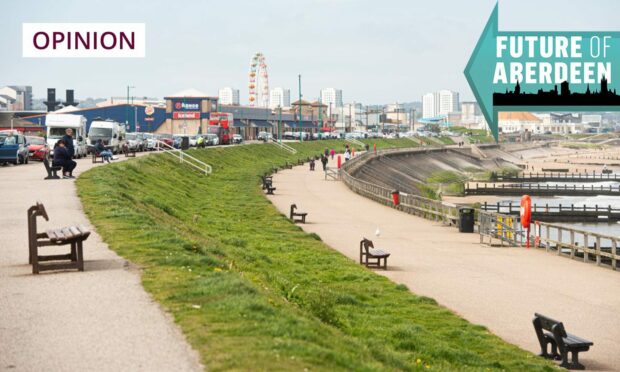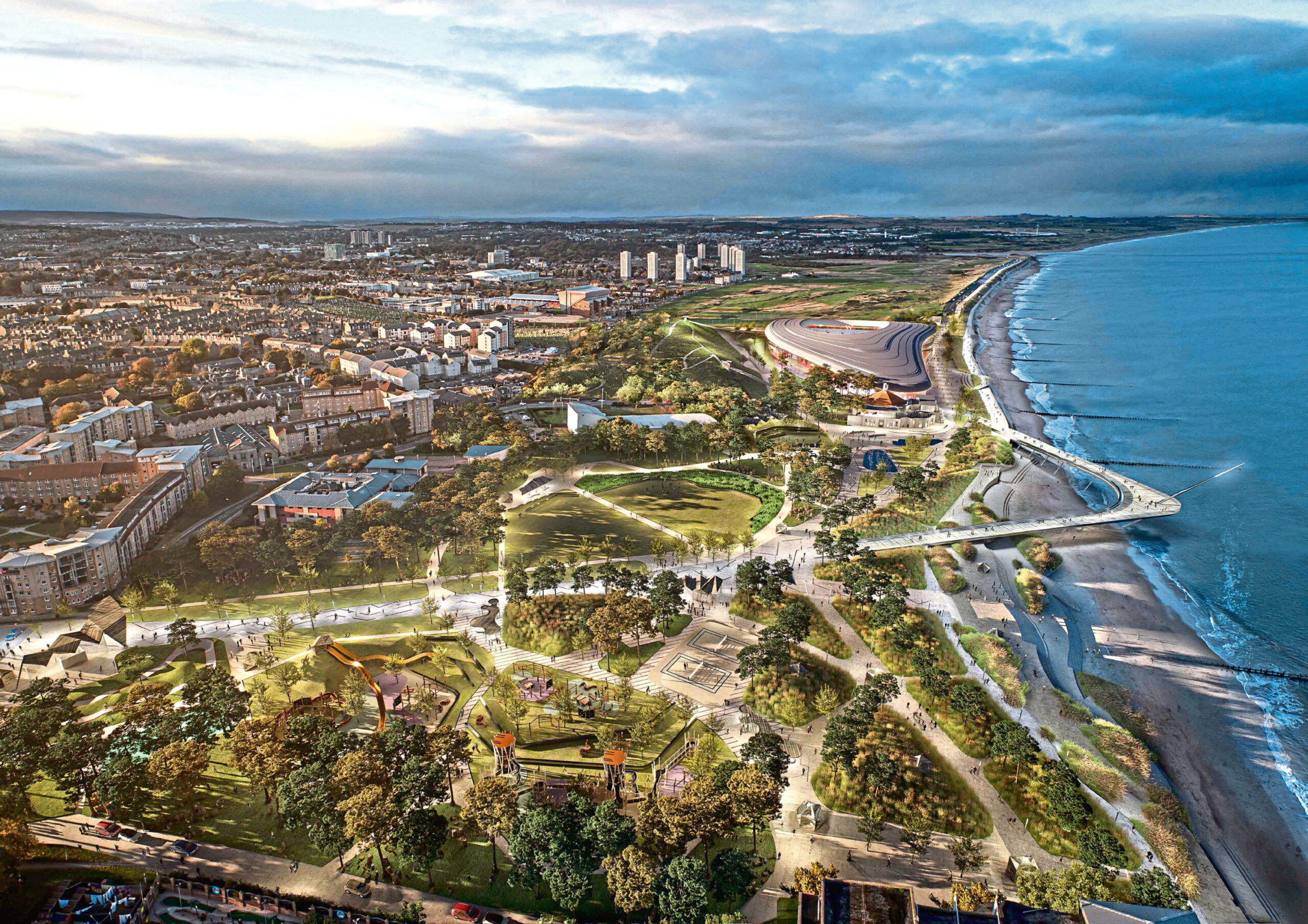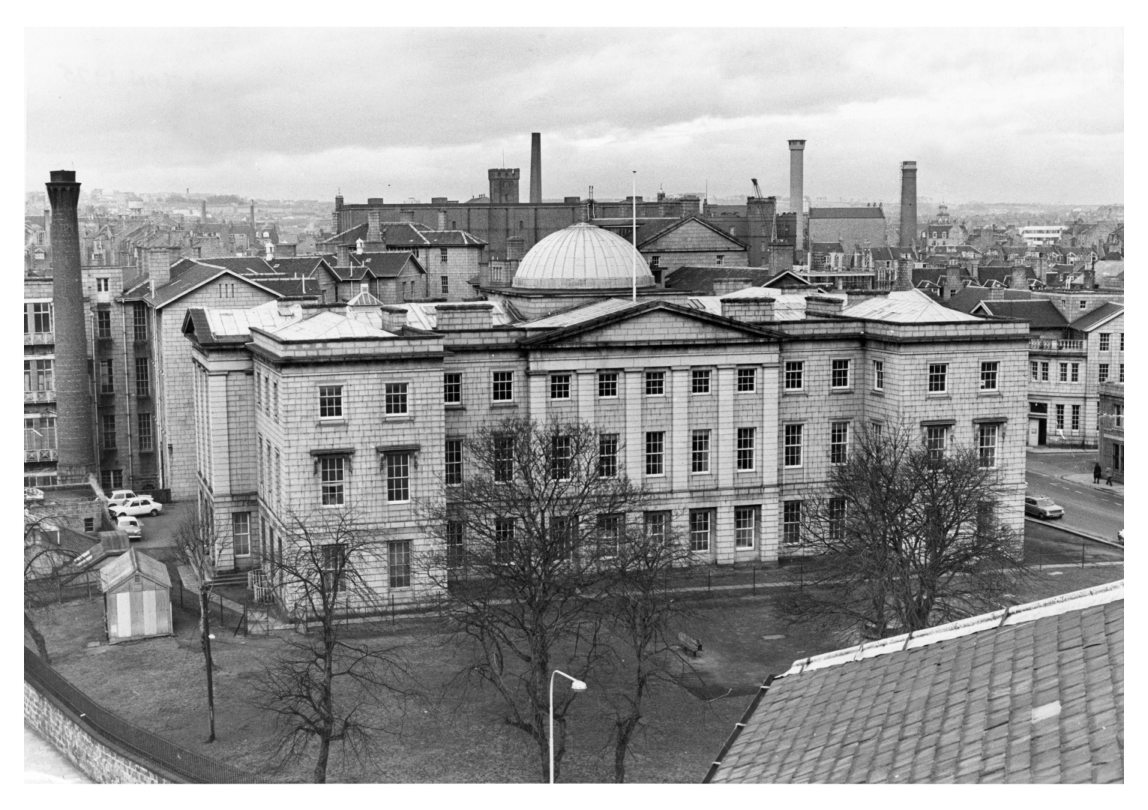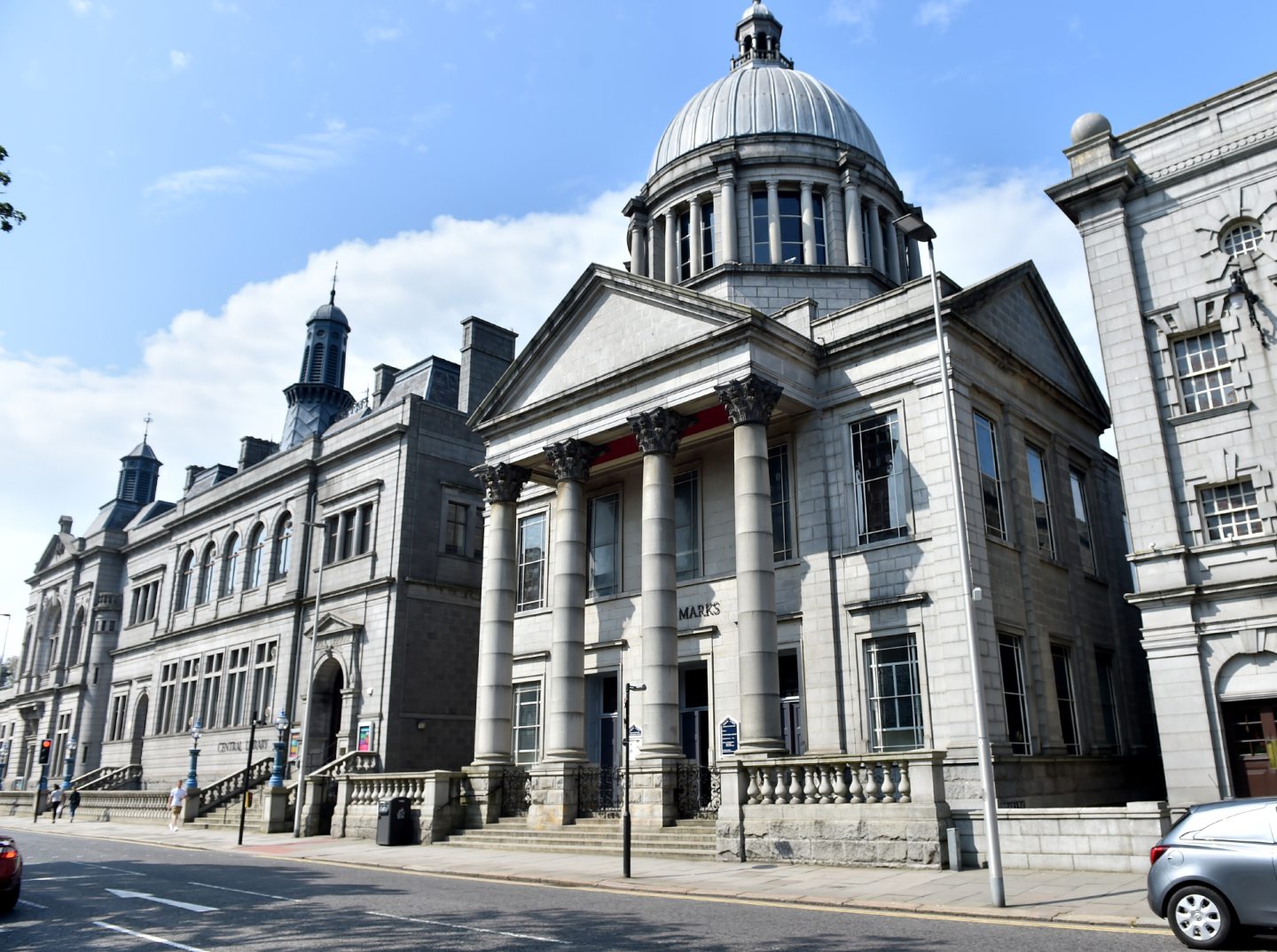Renovation and repurpose should be a key part of Aberdeen’s rejuvenation plan, writes lecturer Scott Crichton Styles, but it is currently lacking.
Aberdeen Council is currently considering a new masterplan.
It will cost millions and change the city centre forever. There is a real risk that changes could harm the city rather than enhance it, becoming a disaster-plan.
The first question that the council should ask is: will any new building provide a significant benefit that does not currently exist in the city? The second should be: is the new-build environmentally responsible?
The environmental impact of construction in new steel and concrete is significant. A key principle for using public money should be “refurbish and reuse wherever possible”, as that is both environmentally responsible and will help preserve Aberdeen’s architectural heritage.

Aberdeen is unique in that it is largely built of granite, a material that is almost indestructible. It is also inherently strong in terms of load-bearing. This means it is almost always possible to refurbish a granite building, and that refurbished building can last for far longer than any made of concrete and steel. A perfect example is the reuse of the iconic Marischal College building for the city’s administration.
There are two major proposals in the current masterplan which clearly fail both the enhancement and environmental criteria: the proposed replacement New Market building, and the proposed pier.
The replacement New Market is unnecessary. Aberdeen, like every other city, has a surplus of retail floorspace and acres of empty shops, both in the malls and on the street. This excess supply will only increase as retail goes online.
Whatever goes on that site, it certainly should not be retail space. Indeed, there is a strong case for leaving the site as a park or open-air performance space, and using the £50 million of funds earmarked for it on some other project.
Proposed pier offers no benefits, only harms
The proposed pier at the beach is a classic example of architects and planners wanting to make a bold statement without really giving proper thought to what the effects will be. A new pier offers no benefits only new harms.
This pier would be exposed to the full force of the North Sea storms, and the endless erosion of the waves. One doubts if such a pier would last 20 or 30 years
The Beach Boulevard already provides beautiful views out over the North Sea and across our magnificent, sandy beach. A new pier, far from enhancing that view, would obstruct it.
The environmental impact would also be significant, as it would prevent the shore from being used by bathers and surfers, harm wildlife, and, one suspects, the inner part would soon be clogged with rubbish, without the cleansing effect of the tide.
The disruptive construction process would see the beach turned into a building site for years. Furthermore, during frequent bad winter weather, health and safety rules would require that access to the pier be prevented.
This pier would be exposed to the full force of the North Sea storms, and the endless erosion of the waves. One doubts if such a pier would last 20 or 30 years, and one must seriously doubt if many visitors would come to see such an intrusive structure. Indeed, it would probably decrease visitor numbers.
Old ARI and St Mark’s must be repurposed
There are two iconic granite buildings which need new uses and are an important part of Aberdeen’s architectural heritage. The original 1840 Aberdeen Royal Infirmary building, designed by Archibald Simpson, at Woolmanhill, and St Mark’s Church (1892) on Rosemount viaduct, by A Marshall Mackenzie.
The old ARI building is the finest neoclassical building in Aberdeen. There were plans by a private developer to convert it into a hotel, but these have been abandoned, so the building needs a new use.
If the council were to buy the building, it could easily be adapted as an extension to the existing Art Gallery, which is located next door, to display the many paintings and museum objects currently lying unseen in storage.
With its magnificent portico and dome, modelled on St Paul’s Cathedral in London, and standing between the central library and His Majesty’s Theatre, St Mark’s was described by the Historic Buildings Council for Scotland as part of “the most distinguished grouping of major buildings in Aberdeen.” Less formally, this architectural trio led to the old Aberdonian joke about “Education, Salvation and Damnation”!
The Kirk has declared that St Mark’s is surplus to its requirements, but such an important building must be preserved by the city. It would be an ideal mid-sized concert hall for choirs, orchestras and folk groups, as well as stand-up comedians. It also has extensive halls underneath to provide a cafe and bar space and rehearsal space – changing the old joke into Education, Inspiration, Salvation!
If Woolmanhill was converted into an art space and St Mark’s into a performance space then, together with the existing Art Gallery and HMT, that part of Rosemount could be dubbed Aberdeen’s Arts Quarter, enhancing the city’s amenities while still being environmentally responsible.
Scott Crichton Styles is a senior lecturer in law at Aberdeen University





Conversation